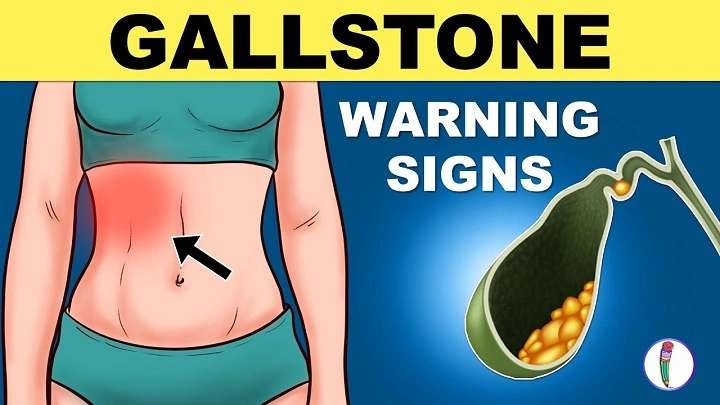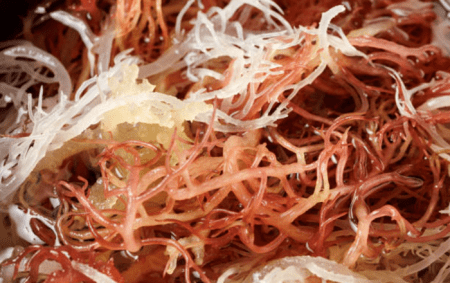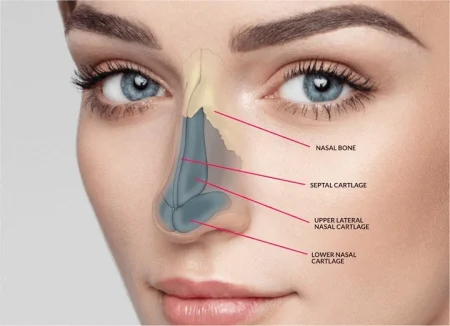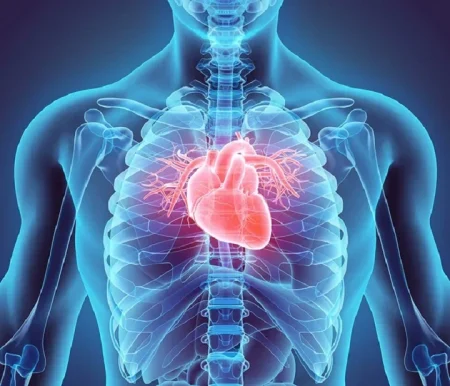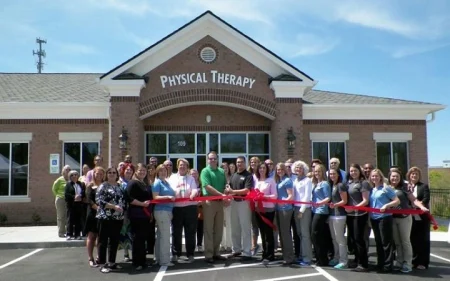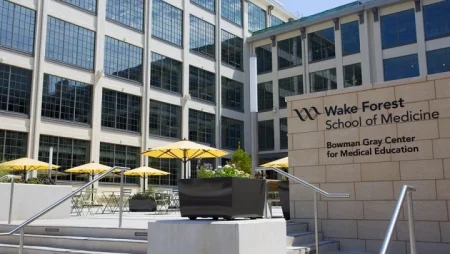The gallbladder is a small, pear-shaped organ located beneath your liver that plays a crucial role in digesting fats. Though often overlooked, problems with the gallbladder can lead to serious discomfort and medical issues if not detected early. Recognizing gallbladder symptoms can help in seeking prompt treatment and preventing complications like gallstones, infections, or even gallbladder removal surgery. In this guide, we’ll explore the common symptoms, causes, risk factors, and treatment options related to gallbladder issues.
Understanding the Role of the Gallbladder
The gallbladder stores and concentrates bile, a digestive fluid produced by the liver. When you eat fatty foods, the gallbladder releases bile into the small intestine to help break down the fat. Problems occur when the flow of bile is blocked, stones form, or the gallbladder becomes inflamed or infected.
Common Gallbladder Symptoms You Shouldn’t Ignore
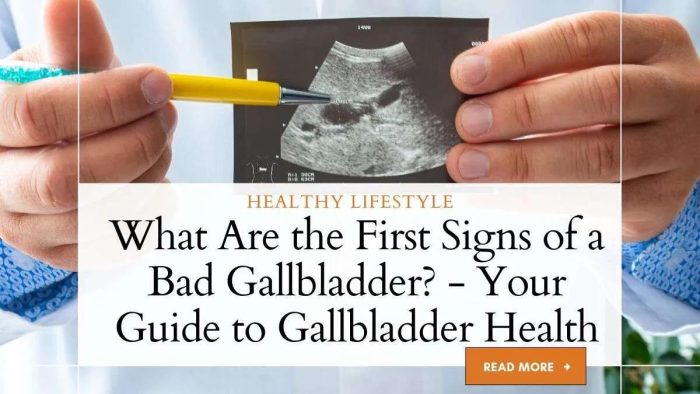
Gallbladder problems can present in subtle or severe ways. Here are the most commonly reported symptoms:
1. Abdominal Pain (Especially After Eating Fatty Foods)
Pain from gallbladder issues typically appears in the upper right side of the abdomen, under the ribs. It may:
- Radiate to the back or right shoulder blade
- Occur after eating greasy or fatty meals
- Last from 15 minutes to several hours
- Be sharp, cramping, or dull in nature
2. Nausea and Vomiting
Gallbladder-related nausea often accompanies abdominal discomfort and may worsen after meals. Persistent vomiting could indicate a blockage or gallstone attack.
3. Bloating and Indigestion
A feeling of fullness, bloating, or indigestion may be a recurring problem for people with gallbladder issues. These symptoms are more intense after consuming high-fat meals.
4. Fever and Chills
If the gallbladder becomes infected (a condition known as cholecystitis), you may experience fever and chills. This is a sign of inflammation and requires immediate medical attention.
5. Jaundice (Yellowing of Skin or Eyes)
This occurs when a gallstone blocks the bile ducts, causing bile to back up into the liver. Jaundice indicates a serious problem and often requires urgent care.
Other Possible Gallbladder Symptoms
- Light-colored or clay-colored stools
- Dark urine
- Heartburn or acid reflux
- Loss of appetite
- Unexplained weight loss
It’s important to note that symptoms can vary depending on the type of gallbladder condition.
Common Gallbladder Conditions and Their Symptoms
Gallstones (Cholelithiasis)
Gallstones are hardened deposits of bile components. Many people have gallstones without symptoms, but when stones block the bile duct, they cause:
- Sudden severe pain
- Nausea and vomiting
- Bloating and indigestion
Gallbladder Inflammation (Cholecystitis)
Cholecystitis is usually caused by gallstones and results in:
- Persistent pain in the upper right abdomen
- Fever and chills
- Tenderness over the gallbladder
Biliary Dyskinesia
This occurs when the gallbladder doesn’t empty properly. Symptoms include:
- Recurrent pain without gallstones
- Digestive discomfort
- Feeling of fullness
Gallbladder Cancer (Rare)
Though rare, gallbladder cancer may mimic symptoms of other gallbladder conditions:
- Abdominal pain
- Jaundice
- Unintentional weight loss
When to See a Doctor for Gallbladder Symptoms
 Seek medical attention if you experience:
Seek medical attention if you experience:
- Sudden or severe upper abdominal pain
- Pain that interferes with daily life
- Fever with abdominal pain
- Jaundice or signs of bile duct obstruction
Delaying treatment could lead to serious complications like a ruptured gallbladder or severe infection.
Risk Factors for Gallbladder Problems
Certain people are more prone to developing gallbladder issues. Risk factors include:
- Obesity or rapid weight loss
- High-fat, high-cholesterol diet
- Family history of gallstones
- Pregnancy
- Diabetes
- Age over 40
- Being female
Awareness of these factors helps in early diagnosis and prevention.
Diagnostic Methods for Gallbladder Issues
To identify the cause of symptoms, doctors may use:
- Ultrasound: Most common test for detecting gallstones
- HIDA Scan: Assesses gallbladder function
- CT Scan: Looks for inflammation or tumors
- Blood Tests: Check for infection, liver function, or inflammation
Treatment Options for Gallbladder Conditions
1. Lifestyle Changes
Mild gallbladder symptoms can sometimes be managed with dietary adjustments:
- Avoid fatty or fried foods
- Eat smaller, more frequent meals
- Increase fiber intake
2. Medications
For some patients, medication can help dissolve small gallstones or manage bile flow. Pain relievers and antibiotics may also be prescribed during inflammation.
3. Gallbladder Surgery (Cholecystectomy)
In cases of repeated attacks, severe inflammation, or blocked ducts, doctors may recommend gallbladder removal. This is a common and safe procedure, often done laparoscopically.
4. Nonsurgical Procedures
Endoscopic procedures (like ERCP) may be used to remove stones from the bile ducts without removing the gallbladder.
Living Without a Gallbladder
Many people live normal, healthy lives without a gallbladder. After surgery, some may experience:
- Diarrhea or digestive changes
- Need for dietary adjustments
- Temporary fatigue
The body adjusts over time, and long-term complications are rare.
Prevention Tips to Reduce Gallbladder Symptoms
- Maintain a healthy weight
- Exercise regularly
- Limit processed and fatty foods
- Stay hydrated
- Don’t skip meals
- Avoid crash diets or fasting
Preventive care and routine checkups help detect issues early before they become more serious.
FAQs
What are the early signs of gallbladder problems?
Early signs include bloating, indigestion, upper right abdominal pain, and nausea after meals, especially those high in fat.
What does a gallbladder attack feel like?
It typically feels like a sharp, cramping pain in the upper right abdomen or middle of the belly, often radiating to the back or shoulder.
Can gallbladder symptoms go away on their own?
Mild symptoms may subside temporarily, but underlying issues like gallstones usually require treatment to prevent recurrence.
What foods should I avoid with gallbladder problems?
Avoid fried foods, high-fat dairy, red meat, and processed snacks. Opt for lean proteins and high-fiber foods.
Is gallbladder removal the only solution?
Not always. Depending on the condition, some cases can be managed with medication, dietary changes, or non-surgical procedures.


